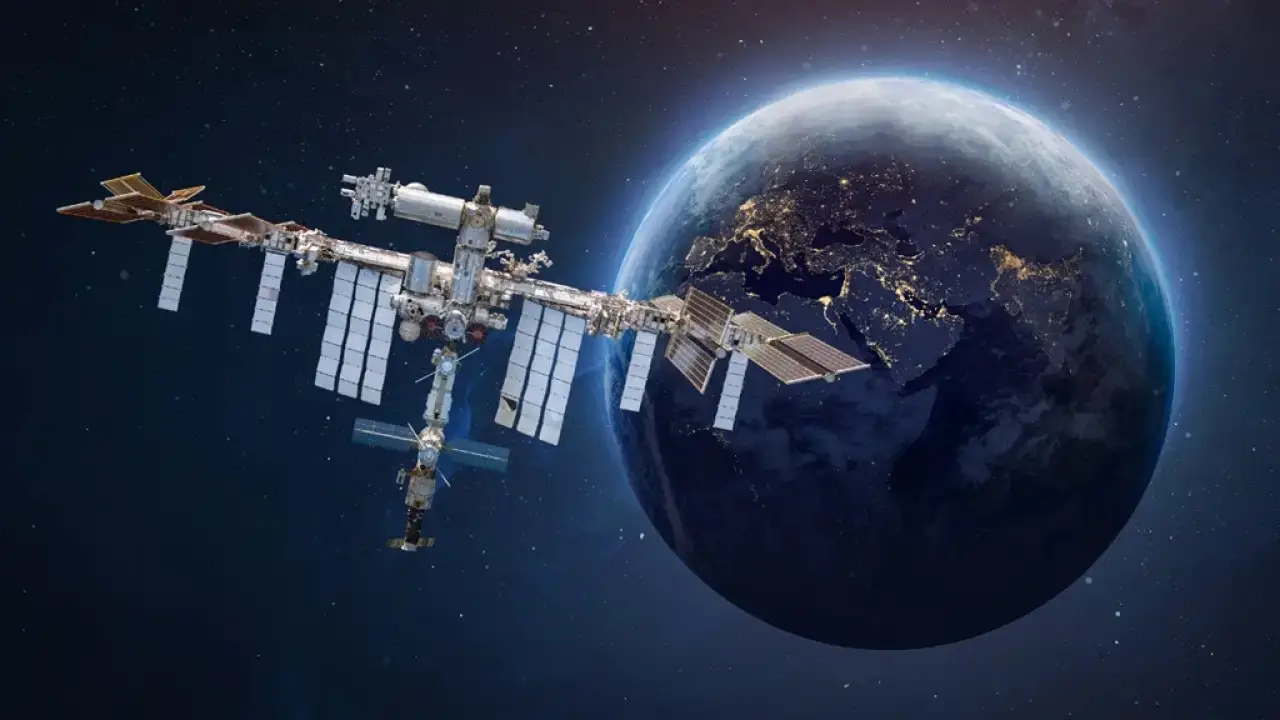
International Space Station (Social Media)
International News: For more than two decades, the International Space Station (ISS) has been humanity’s largest and most advanced research hub in space, orbiting Earth roughly 400 kilometers above the surface at nearly 28,000 km/h. The station, spanning the size of a football field and weighing over 430 tonnes, has hosted astronauts from around the world, supporting groundbreaking scientific work since its first module was launched in 1998.
NASA has officially acknowledged that the International Space Station is nearing the conclusion of its service life. Years of exposure to extreme space conditions have taken a toll on its structure and systems, making maintenance increasingly challenging and costly. By 2030, the station will be guided out of orbit and deliberately sent to a remote spot in the Pacific Ocean known as Point Nemo.
Point Nemo, located in the South Pacific, is considered the farthest point from any landmass—around 3,000 miles from New Zealand and nearly 2,000 miles from Antarctica. Its isolation makes it ideal for disposing of large space structures, as debris poses virtually no risk to human settlements.
The ISS is a joint project involving the United States (NASA), Russia (Roscosmos), Europe (ESA), Japan (JAXA), and Canada (CSA). SpaceX has been selected to create a special spacecraft capable of safely lowering the station’s orbit and directing it toward its watery grave. Most of the station will burn up during atmospheric re-entry, with any surviving fragments sinking deep into the ocean.
NASA considered several alternatives before finalizing the plan. Parking the ISS in a higher orbit as a “space museum” was dismissed due to the high probability of collisions with space debris. Breaking it apart in space was also rejected, as it would have been dangerous for astronauts and financially impractical.
Although the ISS will retire, space research will continue. Private companies such as Axiom Space, Blue Origin, and Voyager Space are developing commercial stations. Meanwhile, China’s Tiangong station is fully operational, Russia is planning its own by the early 2030s, and India aims to deploy its station by 2035.
When the ISS’s journey finally ends, it will not simply vanish—it will descend in a fiery blaze before the last remnants sink into the lonely waters of Point Nemo, closing one of the most important chapters in space exploration history.





Copyright © 2026 Top Indian News
